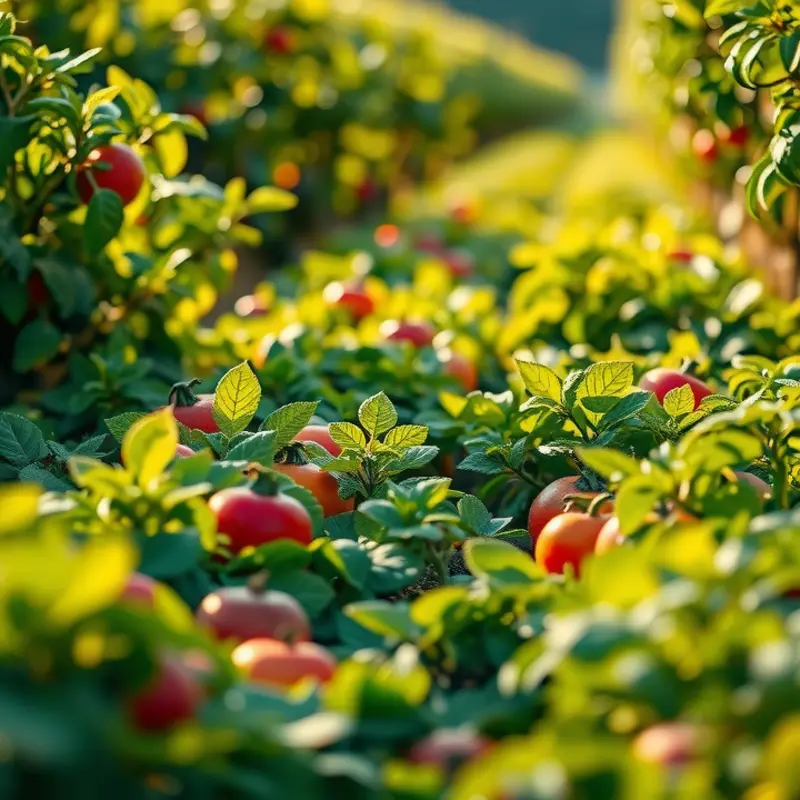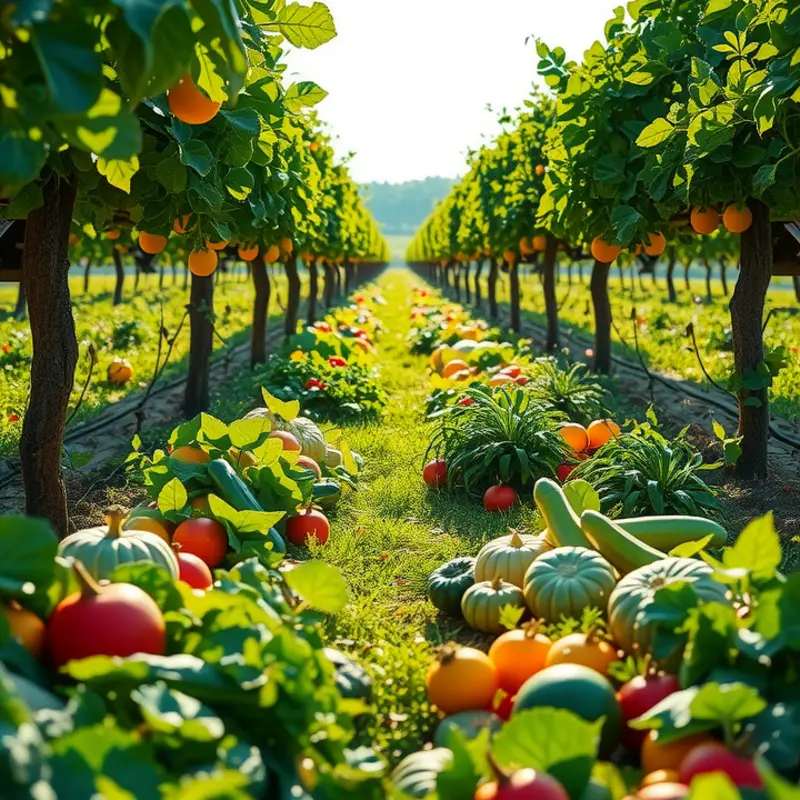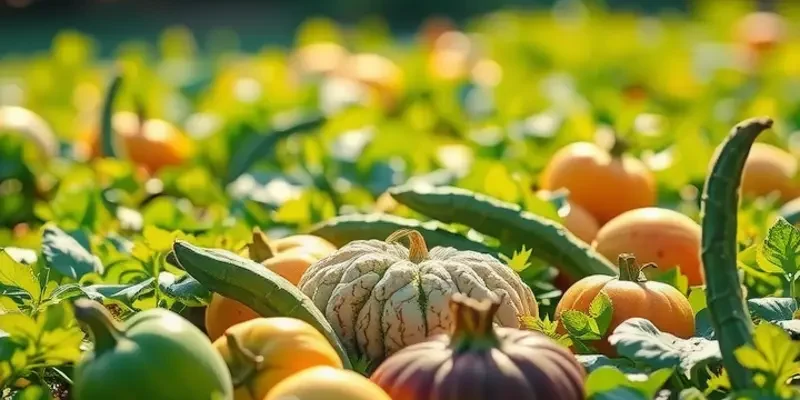Storing nuts and seeds properly is crucial to their longevity and safety. Mishandling can lead to rancidity, pest infestations, and nutrient loss. By following simple guidelines, you can maintain freshness, reduce waste, and maximize your ingredients’ potential. Whether you buy in bulk or have a home garden, this guide provides practical advice to help you store your nuts and seeds effectively.
Choosing the Right Containers for Nuts and Seeds

Selecting proper storage containers is a critical step in safeguarding nuts and seeds from air, moisture, and light—known adversaries of freshness. The right choice can significantly prolong the shelf life of these nutritious powerhouses. Here are some thoughtful considerations to guide your selection.
First and foremost, prioritize containers with airtight seals. An effective seal holds the power to prevent losing essential oils and nutrients by blocking out moisture and unwanted odors. This is crucial since nuts and seeds are particularly susceptible to rancidity.
When it comes to light exposure, consider the material of your container. Opaque containers or dark-colored glass jars are optimal choices. These vessels act like a shield, minimizing light exposure that can degrade quality and flavor over time. While clear glass might seem appealing for its visibility, remember that constant exposure to light, even indirect, can swiftly lead to spoilage.
Size is another decisive factor. Using smaller containers for batch storage is prudent as it limits the amount exposed each time you open the lid. This tactic helps maintain freshness and ensures that flavor and integrity aren’t compromised by frequent air exposure. Moreover, smaller containers make organization simpler and reduce clutter.
A practical tip for food management is to label everything. By marking each container with the date of storage, you create an efficient system to track shelf life. This practice doesn’t just save time, but also minimizes waste since it helps prioritize usage based on storage time.
Reusability is a crucial consideration, both from a sustainability and economic standpoint. Favor containers that are easy to clean and can withstand repeated use. Opting for durable materials not only cuts down on waste but also saves money in the long run, enhancing your commitment to safe food management practices.
Selecting the right containers can also tie into broader food management techniques, such as preventing stale pantry items, ensuring your efforts in storage optimization are part of an integrated approach to food preservation.
Each choice you make with regard to storage containers reflects a broader commitment to quality, sustainability, and effective food management. Embrace these principles as you move towards mastering the art of storing nuts and seeds securely. Your pursuit of longevity and flavor preservation begins with the simple yet impactful choice of the right container.
Optimal Environmental Conditions for Storing Nuts and Seeds

Creating the perfect environment for storing nuts and seeds is crucial to preserving their quality. By understanding and optimizing conditions like temperature, humidity, and light exposure, you can significantly extend their shelf life, ensuring freshness and minimizing waste.
When it comes to temperature, storing your nuts and seeds in a cool, dry place can make a profound impact on their longevity. Ideally, maintain ambient temperatures between 32°F and 70°F (0°C and 21°C). For those looking to store nuts and seeds for extended periods, refrigeration can be a lifesaver. The cold environment slows down oxidation processes that lead to rancidity, keeping the nuts fresh for much longer.
Humidity is another key factor that requires careful consideration. An excess of moisture, often sourced from humid environments, can promote mold growth and lead to rancidity. To counter this, use a desiccant in storage containers, especially if you’re in a climate where humidity is a persistent problem. Maintaining low humidity levels will ensure the nuts retain their texture and flavor over time.
Light, specifically exposure to it, can rapidly degrade the quality of nuts and seeds. To tackle this, store them in a dark place, such as a pantry or cupboard. Alternatively, opaque containers serve the dual purpose of keeping light at bay while also organizing your storage space efficiently. Many may not realize that light not only affects flavor but also the nutritional content of nuts over time.
Regular checks are indispensable as part of your storage routine. Periodically inspect your nuts and seeds for any signs of spoilage or the presence of pests. A rancid odor is a clear indicator of spoilage. By rotating your stock, using older items first, you prioritize freshness, ensuring your nuts are always ready for consumption without the risk of spoiling.
Furthermore, avoid the temptation to mix different types of nuts and seeds. Each type may have unique storage needs and varying shelf lives. Separating them also prevents flavor transfer, preserving the unique taste profiles of each variety. This practice aligns with broader food storage strategies, aimed at maintaining food freshness, as explored in resources like avoiding stale pantry items.
Implementing these strategies will allow you to enjoy nuts and seeds at their best, reducing waste and maximizing the benefits these nutritious snacks offer. Each step, from managing temperature to preventing flavor mingling, provides cohesive layers of protection that work together to preserve the integrity of your nut and seed stock.
Final words
Storing nuts and seeds with care can greatly impact their quality and freshness, preventing waste and promoting better food management at home. By selecting the right containers, maintaining ideal environmental conditions, and practicing periodic checks, you ensure that your nutritious snacks remain safe and delicious. Whether for snacking, cooking, or baking, well-stored nuts and seeds can enhance your culinary creations. Consider implementing these tips today to elevate your food storage strategy and contribute to a more sustainable lifestyle.







